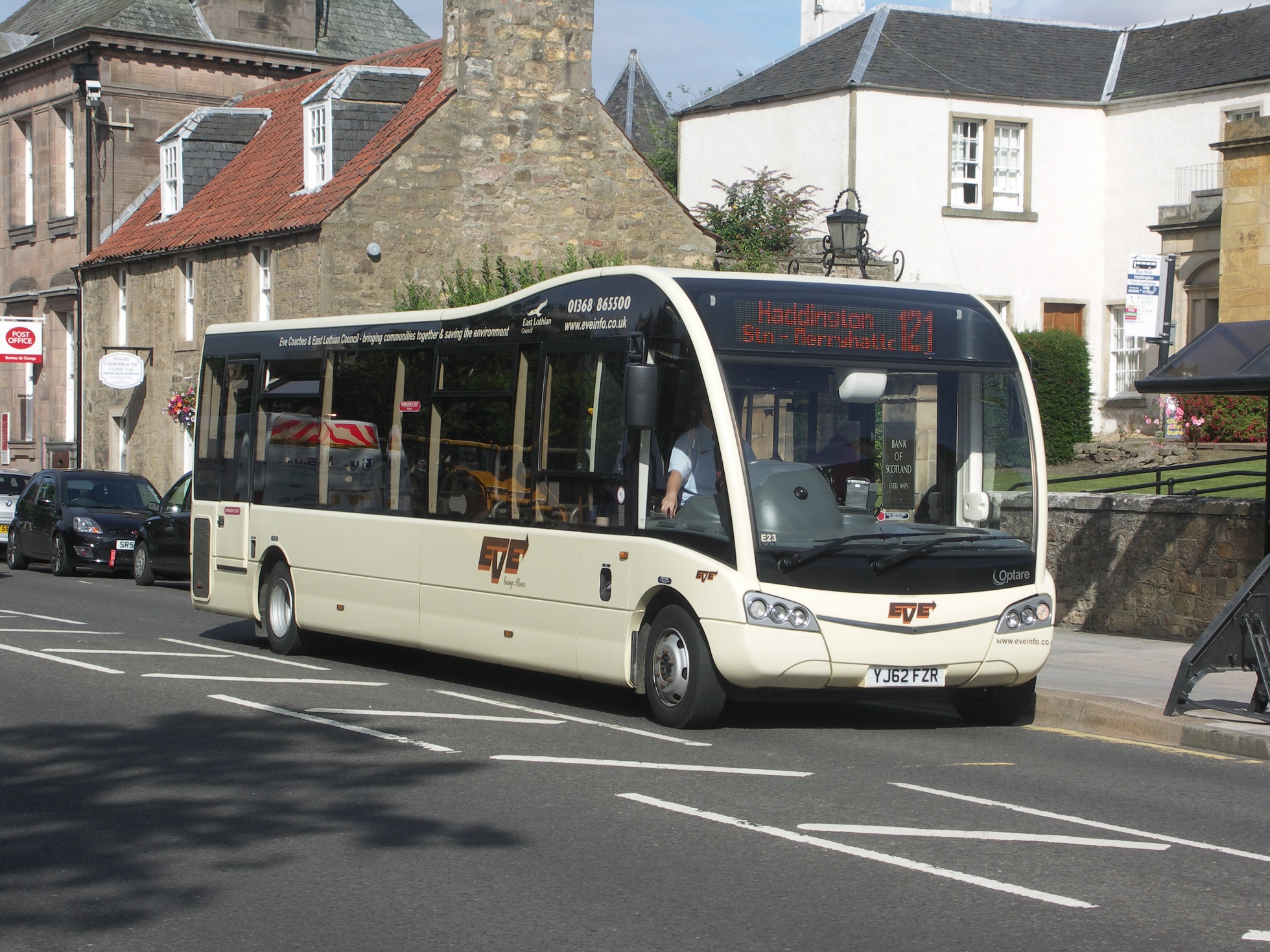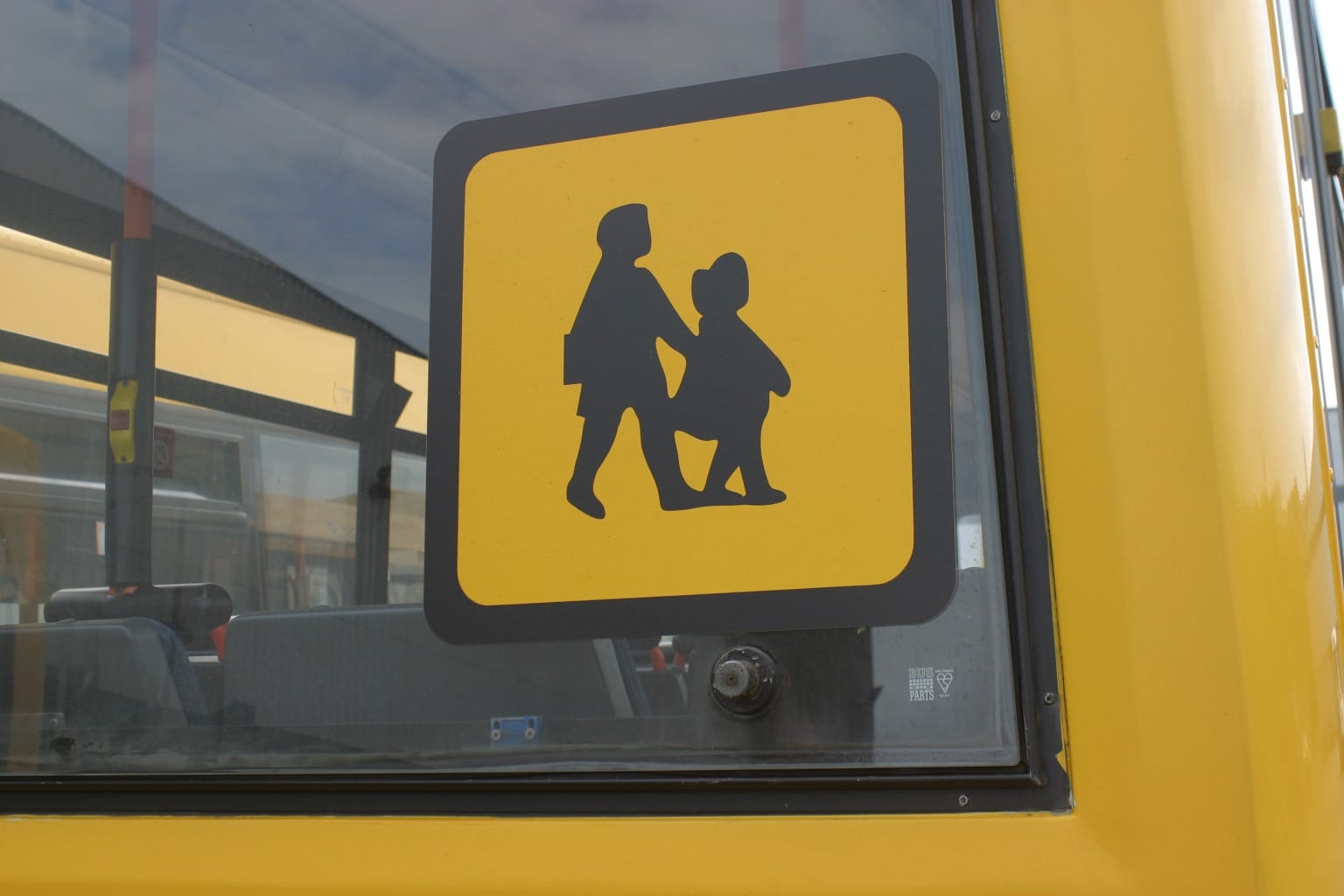With the lifting of movement restrictions soon to start, bus operators’ thoughts will have already turned to considering how service provision can increase towards pre-coronavirus COVID-19 levels. While reducing capacity was simple, doing the reverse will likely be anything but.
Numerous factors will come into play. A prime consideration is likely to be ensuring the ongoing safety of passengers and staff. Providing enough seats while also complying with whatever social distancing measures are required in the long term will potentially be tricky. So will convincing the travelling public to return to the bus in the first place.
Successfully executing all the above will be greatly challenging. And it may be necessary sooner rather than later. One bus company Managing Director has already seen the first green shoots of passenger growth, and he expects more to follow.
The impending urgency of hatching a resilient plan to accommodate that growth gives credence to the sharing of ideas and best practice. In the latest webinar of a series, Busworld brought together a global panel of experts on Thursday 30 April to do exactly that.
China wepp ahead of the pack to increase bus service
China is ahead of Europe in terms of service restoration post-COVID-19. The country saw passenger volumes bottom out at around 5% of the norm during the worst of the pandemic. Numbers are now much higher than that, but they are still less than half of what they were before the crisis.
Feng Li, Deputy Director of the Jinan Transport Company (JTC), says the operator – which ordinarily runs almost 6,000 buses in the eastern Chinese city – has utilised several methods to smoothly increase service while maintaining safety.
A large government campaign has encouraged passengers back, and JTC’s web communication with its customers has been strong. To ensure that social distancing requirements have been met, and that windows on buses have remained open – a part of JTC’s precautions against transmission of the virus – spare drivers are riding shotgun. They remind passengers of what they must do.
When additional journeys are added to timetables, and when they were removed as the pandemic took hold, the operator’s app is updated immediately. That allows changes to be notified to passengers in real time.
UK can learn from Belgium’s lessons
Closer to home, the Belgian capital Brussels is experiencing conditions that are like those seen in the UK. It has been in “near-lockdown,” says Minister for Transport Elke Van den Brandt. Many people are working at home and schools and shops have been closed.
The impact on public transport has likewise been similar in Belgium to that in the UK. Patronage is at around 15% of normal and social distancing means that only one in four seats can be occupied. Buses have continued to run for key workers.
On Monday 4 May, Belgium initiated its exit strategy as businesses and schools started to reopen. That poses a challenge to how increased demand can be accommodated on public transport, says Ms Van den Brandt.
Buses were already at or approaching maximum capacity when a social distancing requirement of 1.5m was considered. Increasing the number of people that can be carried will come with a mandatory wearing of face masks, but usage will be carefully monitored to prevent overcrowding.
As in China, frequencies will be increased on a day-by-day basis if required. But doing so may not always be easy; it depends on staffing levels. Currently every driver that is available is being used. Some routes have been diverted to deliver additional capacity to hospitals. Similar changes will be made to accommodate school traffic.
Two other wider messages are being promoted by the Belgian government. One relates to other modes. “While I would normally actively promote public transport, at the moment I have a different message,” says Ms Van den Brandt. “Go by bike or by foot if possible. Leave capacity to those who have no alternative.”
Additionally, work is underway to loosen Belgium’s traditional 0900-1700hrs, office-based work culture. If peaks can be stretched, and home working can continue, the stress placed on the bus networks will be reduced.
Big Apple prepares to take on a big challenge
New York City has suffered greatly during the coronavirus COVID-19 pandemic. That has translated to the Metropolitan Transportation Authority (MTA). While its responsibilities extend beyond the city, where they include rail and bridges and tunnels, as of 30 April, 100 MTA employees had died of the virus. 32 of those were from its bus divisions.

Ridership has dropped by 80% during the pandemic but service has been maintained at around 70% of normal, says Craig Cipriano, Acting President, MTA Bus and Acting Senior Vice President, New York City Transit Department of Buses.
Delivery of that service level has been constrained by driver availability.
To protect those that are working, centre door-only boarding and alighting is in place on buses and the section from the cab rearwards has been made inaccessible to passengers. Coaches used on express routes have seen the front two rows of seats blocked.
Seat covers and personal protective equipment have been made available to drivers and it is mandatory for them to wear masks when in passenger-carrying service.
Driver availability may hamper ramp-up of frequencies
The current plan is for New York’s economy to begin a reopening process on 15 May. MTA will increase frequencies based on that, but how it stages that increase in bus service provision may be restricted by staff availability.
An enhanced cleaning and disinfection programme, undertaken both at depots and at terminals, will remain in place. Additionally, temperature testing of employees will be undertaken on a 24/7 basis. On-road crew changes have also ceased. Instead, drivers take a freshly cleaned bus from the depot when starting their shift and return it at the end.
One unintended by-product of the coronavirus COVID-19 impact on New York City’s buses is the likely acceleration of the removal of onboard cash collection. MTA already has the rollout of such a system in hand, but Mr Cipriano says it may come sooner than first expected.
Fares have not been taken for several weeks, which has caused a financial hole. Returning that income via contactless means is imperative, he adds.
How to rebuild trust among passengers?
Webinar viewers were asked to chose from four suggestions of how customers’ trust in public transport can be regained as the coronavirus COVID-19 pandemic starts to subside.
51% of respondents viewed the addition of on-board items such as hand sanitiser dispensers and passenger dividers as being the best way of accomplishing that. 31% see a restriction on the number of travellers than can be carried per bus as the optimum solution, while just 12% and 6% favour a promotional campaign and a free travel incentive, respectively.
If reduced maximum capacities are to be retained in the medium- to long-term, a question of how all users could be conveyed when volumes pass a certain level was raised.
Hiring vehicles from other operators is not a possibility in Belgium or New York, where union agreements would preclude it. Although an outlier, in the UK it may be an option to increase bus service levels. It is among many things that need to be considered – and quickly.



























